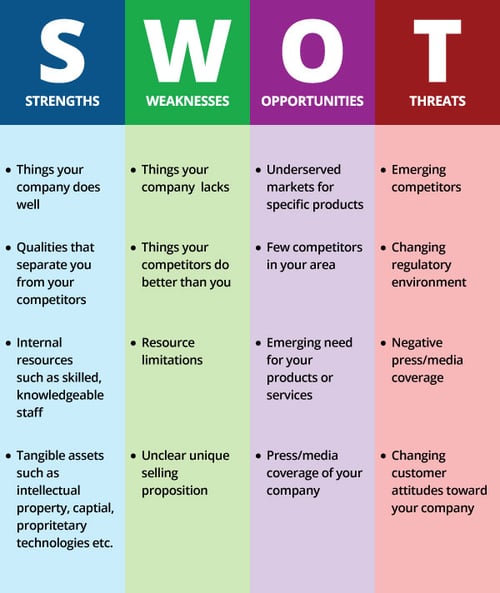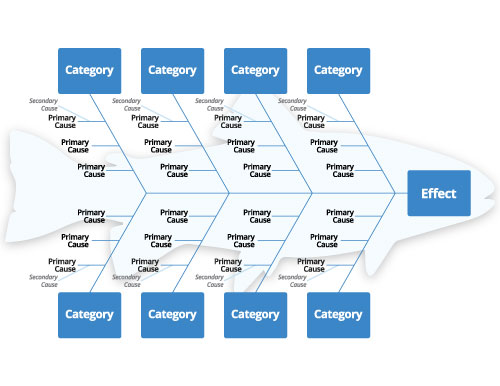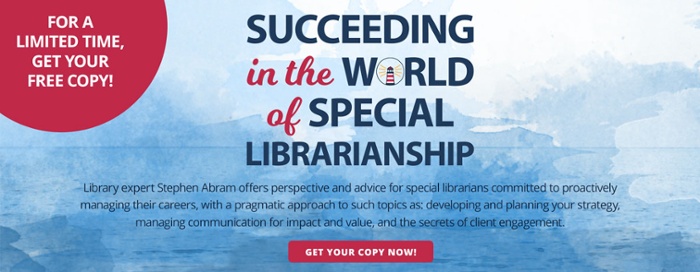
I’ll bet you’ve done SWOT a lot. It’s a classic technique but one which benefits, I believe, from fish bone force field diagramming. It’s easy to do and, with good facilitation, mines the brains in the room quickly.
Here’s the SWOT classic process:

You bring SWOT team members together—selected for a number of reasons including creativity, knowledge, and rank. And you brainstorm each of the four: strengths, weaknesses, opportunities, and threats. It can be enough to document those results and use them to inform future processes. I believe that it’s even better to engage in one more step.
Fish Bones Diagram
The thinking trigger I like about fish bone diagrams is that they can use force field analysis to visually represent the challenges facing your project or service development priorities.
Simply fish bone diagrams need only have your four populated SWOT boxes. Put Strengths and Opportunities on top (they help you reach the top) and put Weaknesses and Threats on the bottom (They pull you down). These all affect the progress you can make towards the desired goal.

Now take a look at it. Are there stronger forces pulling you down? Is there enough energy and helium in the forces above to counteract the downward pull? What strategies do you and your clients need to employ to move up and forward?
Are you starting to see how these frameworks align with value added activities for research products, tools and intranet content organization? I know a number of these play well in the competitive intelligence space.
Watch for the next post soon!
Stephen
Stephen Abram is a popular Lucidea Webinars presenter and consultant. He is the past president of SLA, and the Canadian and Ontario Library Associations. He is the CEO of Lighthouse Consulting and the executive director of the Federation of Ontario Public Libraries. He also blogs personally at Stephen’s Lighthouse. Check out his new book from Lucidea Press, Succeeding in the world of Special Librarianship!



